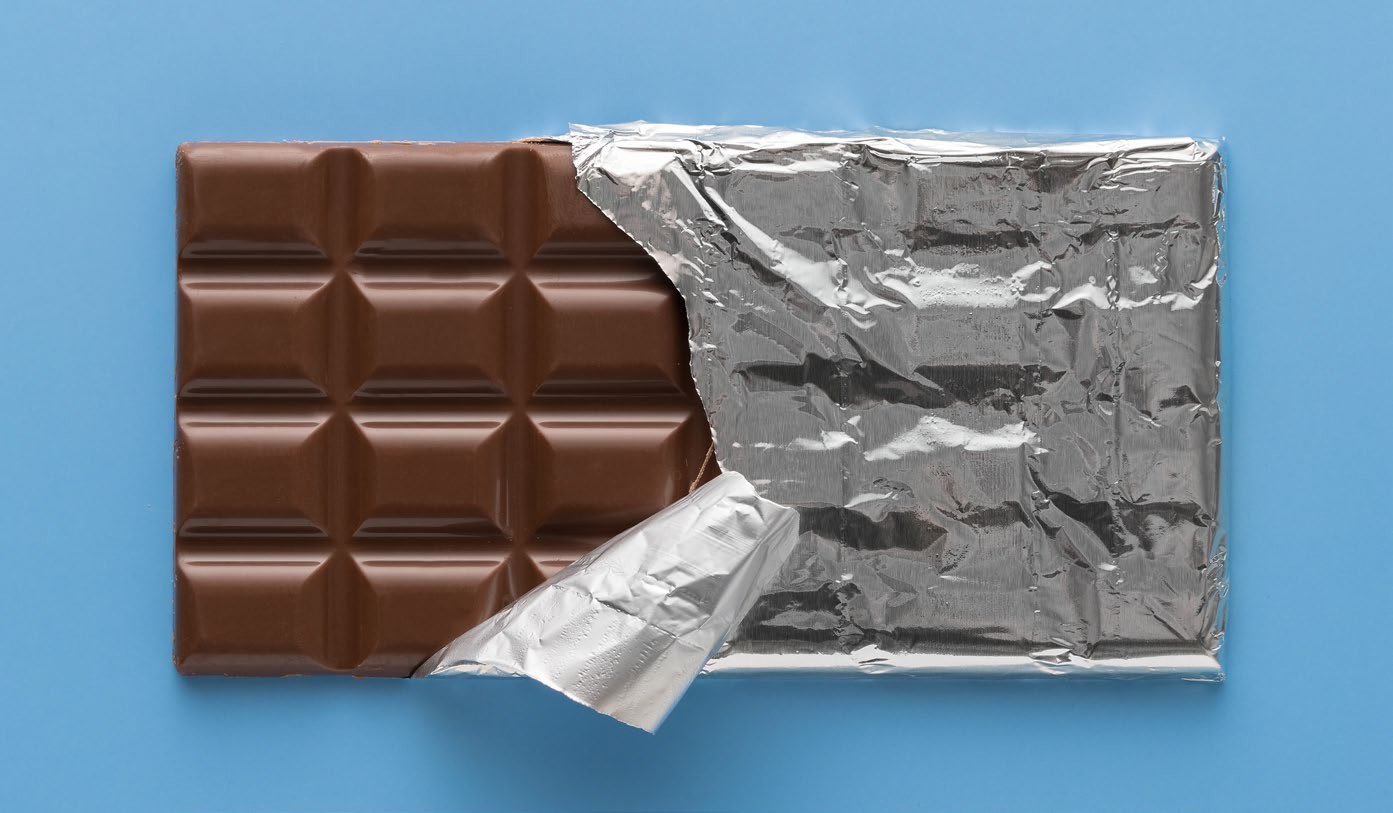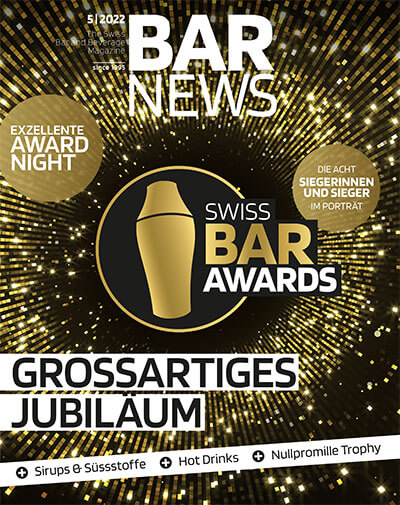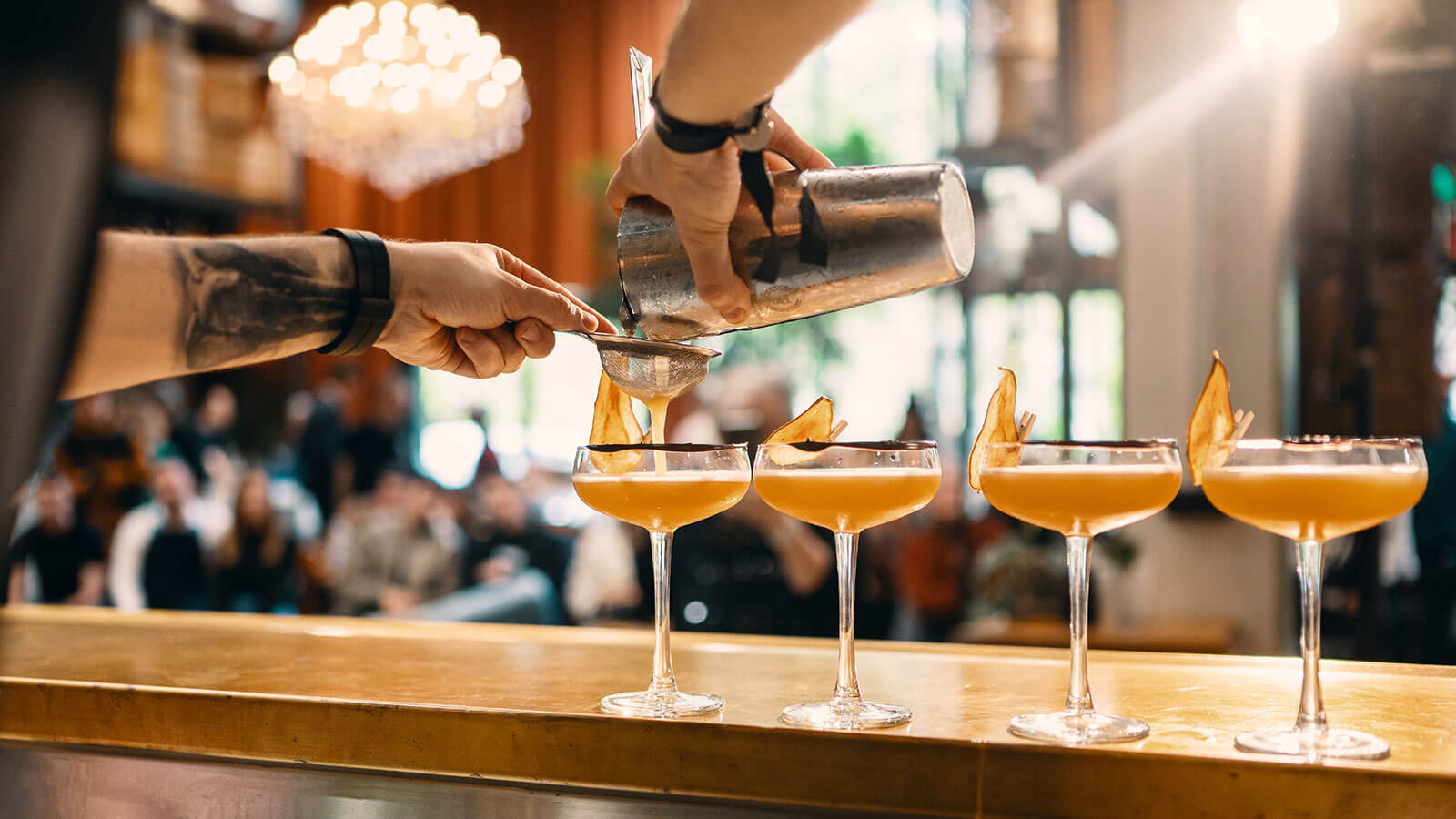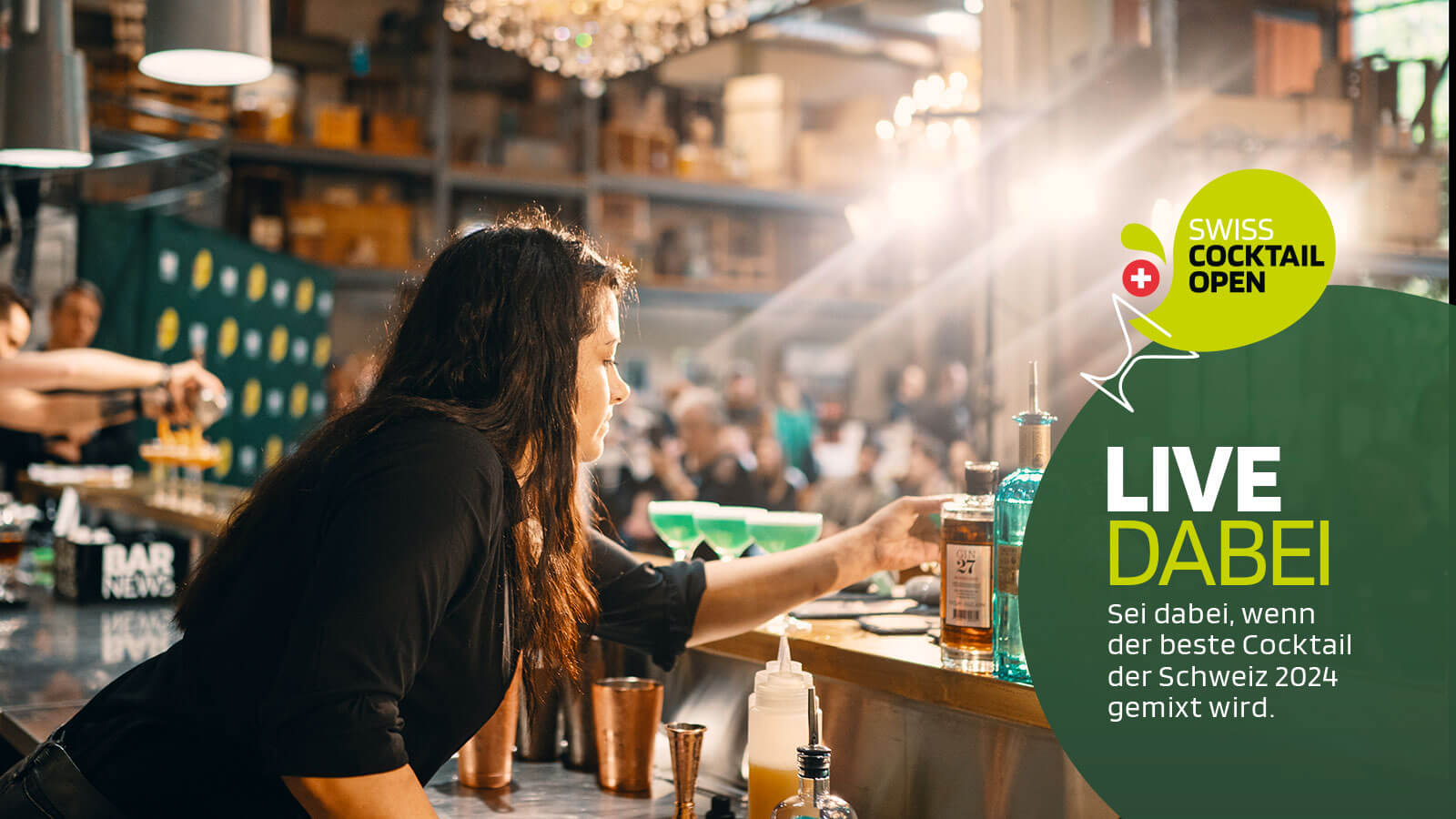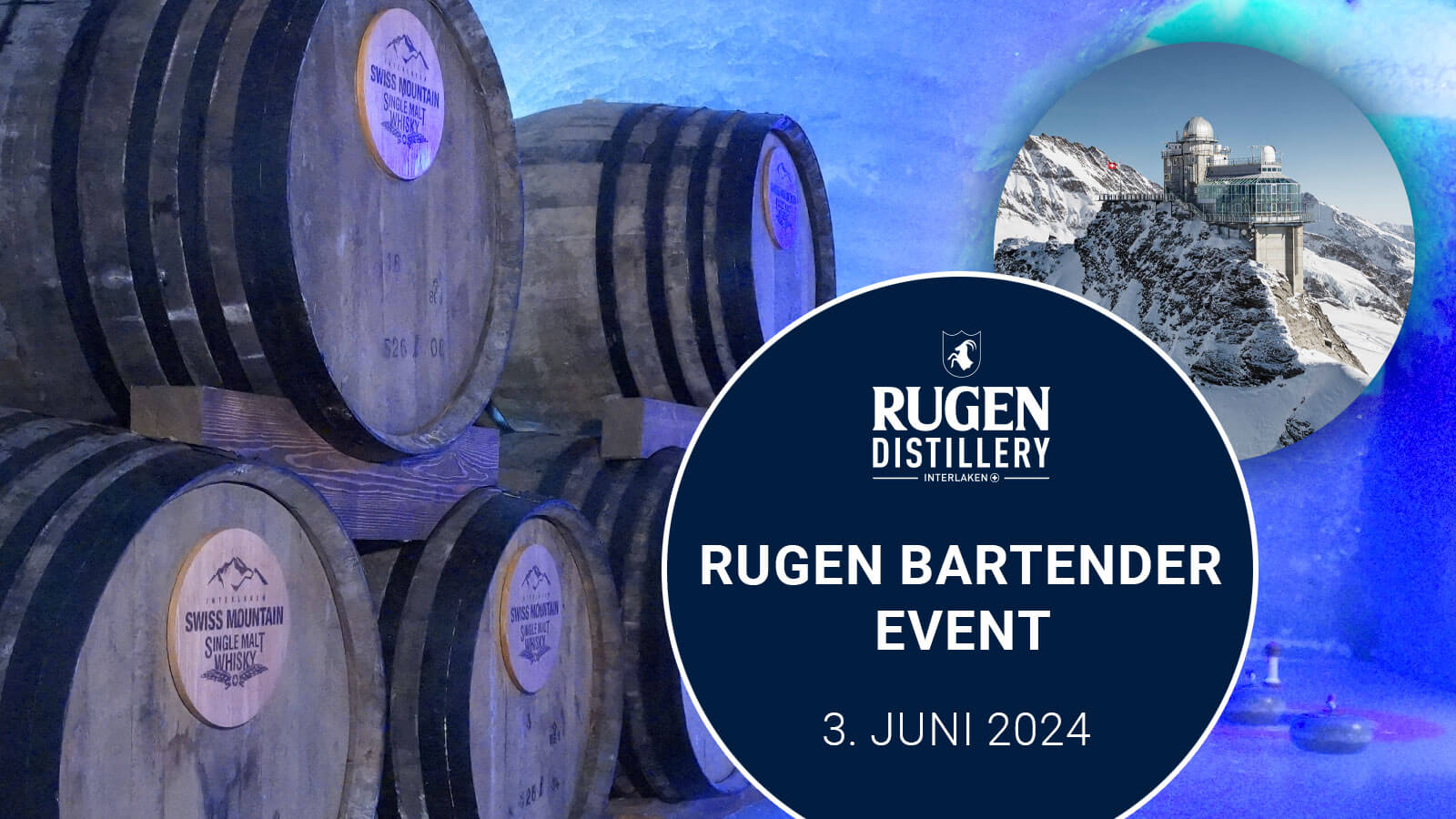The days are getting shorter, but the nights are getting longer. And because the temperatures are dropping at the same time, refreshment is no longer the most important requirement for a beer. If Porter and Stout were a piece of furniture, they would be the comfortable couch into which you can sink very deeply while the fire crackles vis-à-vis in the fireplace.
The velvety-soft mouthfeel of these beers is just as characteristic as their attraction, which lets light in but not out. However, if you hold such a beer against a light source, you can definitely see a color at the edges, which goes from dark red to brownish.
Porter is the older style of beer, which is said to have served as a tonic to British dockworkers as early as the 18th century. The style may be even older, as it was only when the beer style was adopted by the porters that it received its name. Those who wanted a somewhat stronger beer ordered a "stout porter," which meant strong porter.
Porter is the older style of beer, which is said to have served as a tonic to British dockworkers as early as the 18th century.
What is a stout and what is a porter today can be determined mainly by the label of the respective breweries - and less by the characteristics in the glass. Porters tend to be more malt-driven, while stouts are likely to be more hoppy.
With the Imperial Stout and the Baltic Porter, there are two stronger versions, both of which have a connection to the west coast of the Baltic Sea. A special feature of Baltic Porter is that it is a bottom-fermented beer. Imperial stouts can easily have an alcohol content in the double-digit percentage range. Some breweries also produce non-alcoholic stouts and porters.
Beer or Sachertorte?
The flavors of chocolate and roasted coffee usually come from the dark malt used in these beers. But not only that. Many breweries experiment with ingredients that are otherwise more commonly found in patisserie.
In addition to cocoa, chocolate, coffee, tonka beans (and sugar), chili, oranges, nuts, cassis or blackberries are also sometimes found in such beers, which are often called pastry stouts. These then bear names such as "Black Forest Chocolate Cake Stout" or "Sachertorte Porter." Other varieties include oatmeal stouts with a proportion of oats in the mash, barrel-aged stouts and milk stouts.
The aromas of chocolate and roasted coffee usually come from the dark malt.
Milk sugar is added to the latter, which cannot be converted into alcohol by the yeasts. As a result, the sweetness remains in the glass. What these dark beers have in common is their low carbon dioxide content.
However, this can become a problem when serving beer by the glass. This is because the carbon dioxide that the beer normally pushes out of the keg accumulates in the beer over time.
The result: more carbon dioxide and stronger foam formation. Therefore, a gas mixture of approx. 70 percent nitrogen and 30 percent carbon dioxide should be used for stouts (whether Guinness or Baribière Dry Stout).

